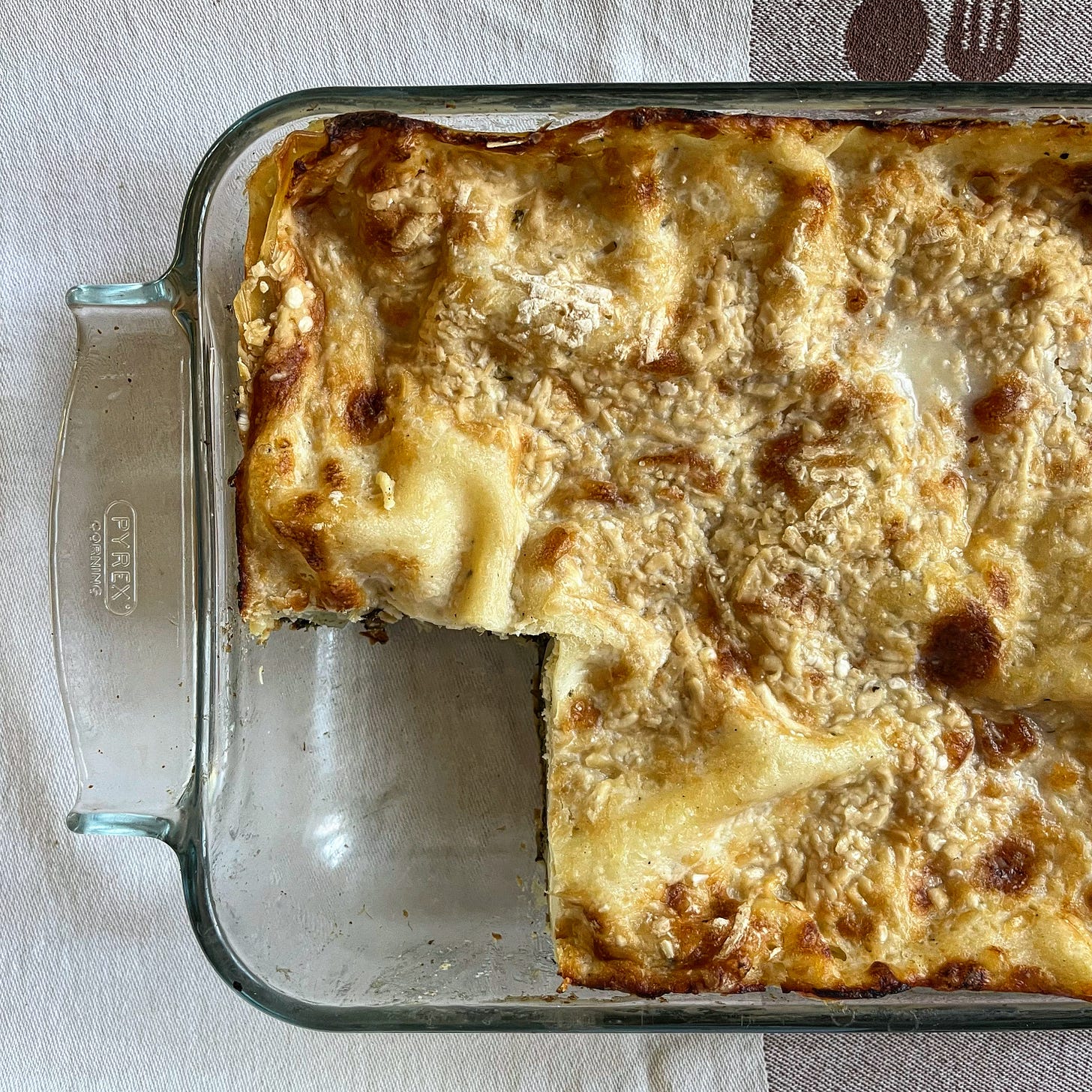There’s a shift afoot.
Slowly, slowly, we’re getting back into the world, and with that emergence, we’re testing the waters, seeing how far we want to wade out and how deep we want to go. And as we do, we’re changing our routines and trying to figure out what it really means to live in the world.
We’re creatures of habit, we funny humans. And if you think about it, how can we not be? From the time we can remember, we’re conscripted into routines. Breakfast, lunch and dinner follow each other in lock step. School starts at 8:30, finishes at 3:30. Homework follows. We brush our teeth twice a day.
Regular as clockwork
It doesn’t take long to carve out our own special daily patterns, our unique footprint. We choose our working life and that forms the frame. Special interests, passions, social networks are poured in and fill the remaining spaces. All contribute to creating the shape of our lives and then, much as we did when we were children, those routines become imprinted, habitual, sometimes done by rote.
Perhaps that’s why these past two years have been so very jarring. Aside from the real worries and fears that the pandemic have brought, it’s also brought a complete disruption of life as we knew it.
Of course, in our hardwired way, we’ve adapted, whatever that means. But, two years in, we’re itching to bust out.
And in the process, a new framework is emerging.
Shaping the frame
It’s still pretty chaotic out there. Even so, there’s no question that some of our routines of yore will abide. The temptation to revert to form may be a bit irresistible. And likely subconscious.
But there’s an opportunity now to be deliberate. To take pause and decide what to keep, what to discard. To not be swallowed up by our previously very busy lives, but to leave room for the unexpected.
Transition is an opportunity. A sometimes scary, ambiguous, and, I believe, ultimately joyful opportunity. A clean slate and a chance to unravel our tightly wound up ways, making room and space for something more, something different. Something wonderful.
Mushroom-kale lasagna
Joshua McFadden, Six Seasons
Serves 6
You’ll see lots of recipes here from Joshua McFadden’s wonderful cookbook Six Seasons. Many cookbooks work wonders with recipes celebrating the bounty of the seasons: asparagus, peas, eggplant, corn, tomatoes, but it’s rare to find one that celebrates every season equally. In these deep-freeze winter months, this lasagna uses earthy mushrooms and kale, with a rich white veloute sauce, to create a most delicious twist on the usual tomato sauce-laden version.
Note: if you have time and inclination, might I suggest you make duxelles to use in this recipe? Essentially a reduced preparation of minced mushrooms with shallots, herbs and a touch of vermouth, duxelles is like a secret service umami bomb. It freezes beautifully, and makes a wonderful substitution for the sautéed mushrooms described below.
Ingredients
6 tablespoons unsalted butter
¼ cup flour
2 cups vegetable broth
1 cup milk, preferably whole
Salt and freshly ground black pepper
1 pound button or cremini mushrooms, trimmed and finely chopped or 2 cups duxelles (see headnote)
1 pound kale, thick ribs cut out, leaves cut into very thin strips and washed
2 cups whole-milk ricotta
Finely grated lemon zest from one lemon
One (9-ounce) box no-boil lasagna noodles
2 cups freshly grated Parmigiana Reggiano cheese
Heat the oven to 375F
Make the veloute: In a medium saucepan over medium heat, melt 4 tablespoons of the butter. Add the flour, whisk to make a smooth paste, and cook for 2 minutes, whisking all the while. Add the broth and the milk and bring the mixture to a boil, continuing to whisk to eliminate lumps. Reduce the heat to medium-low and simmer until the mixture thickened slightly, about 5 minutes. Season with salt and a few grinds of the pepper, taste, and season with more salt and pepper, if needed.
In a large skillet over medium-high heat, melt the remaining butter. When the foam subsides, add the mushrooms, ½ teaspoon salt and a few grinds of pepper, and cook, stirring and scraping the pan occasionally, until all the moisture from the mushrooms has been released and evaporated and they begin to brown and sizzle, 10 to 12 minutes. Taste, and season with more salt, if needed. Transfer the mushrooms to a bowl.
Return the skillet to medium-high heat and add the kale and ½ teaspoon salt and a few grinds of pepper. Cook, stirring frequently, until the kale is wilted and tender, about 10 minutes. You may need to add a few splashes of water along the way if the pan gets dry. Taste, and season with more salt, if needed.
In a small bowl, whisk the ricotta and lemon zest until combined and set aside.
To assemble the lasagna:
Spread half the veloute on the bottom of an 8-by-12-inch baking dish, and smooth out with a spatula. Arrange the noodles on top of the veloute in an even layer, breaking the noodles to fit as needed. Spread the mushrooms evenly over the noodles and then top with the kale, distributing it evenly. Sprinkle ½ cup of the Parmigiana evenly on top.
Add a second layer of noodles then top with dollops of the ricotta. Gently spread the ricotta, without disturbing the noodles, to make an even layer; an offset spatula makes easy work of this step.
Add a final layer of noodles, pour over the remaining veloute, and sprinkle the remaining Parmigiana evenly over the top.
Bake for 50 minutes to one hour, until the cheese is golden brown and the juices are bubbling around the edges. If the cheese starts browning before the lasagna is bubbling, cover the top with aluminum foil. Let the lasagna cool for at least 20 minutes before cutting and serving.






This is a lovely lasagne alternative! Thanks for sharing ❤️